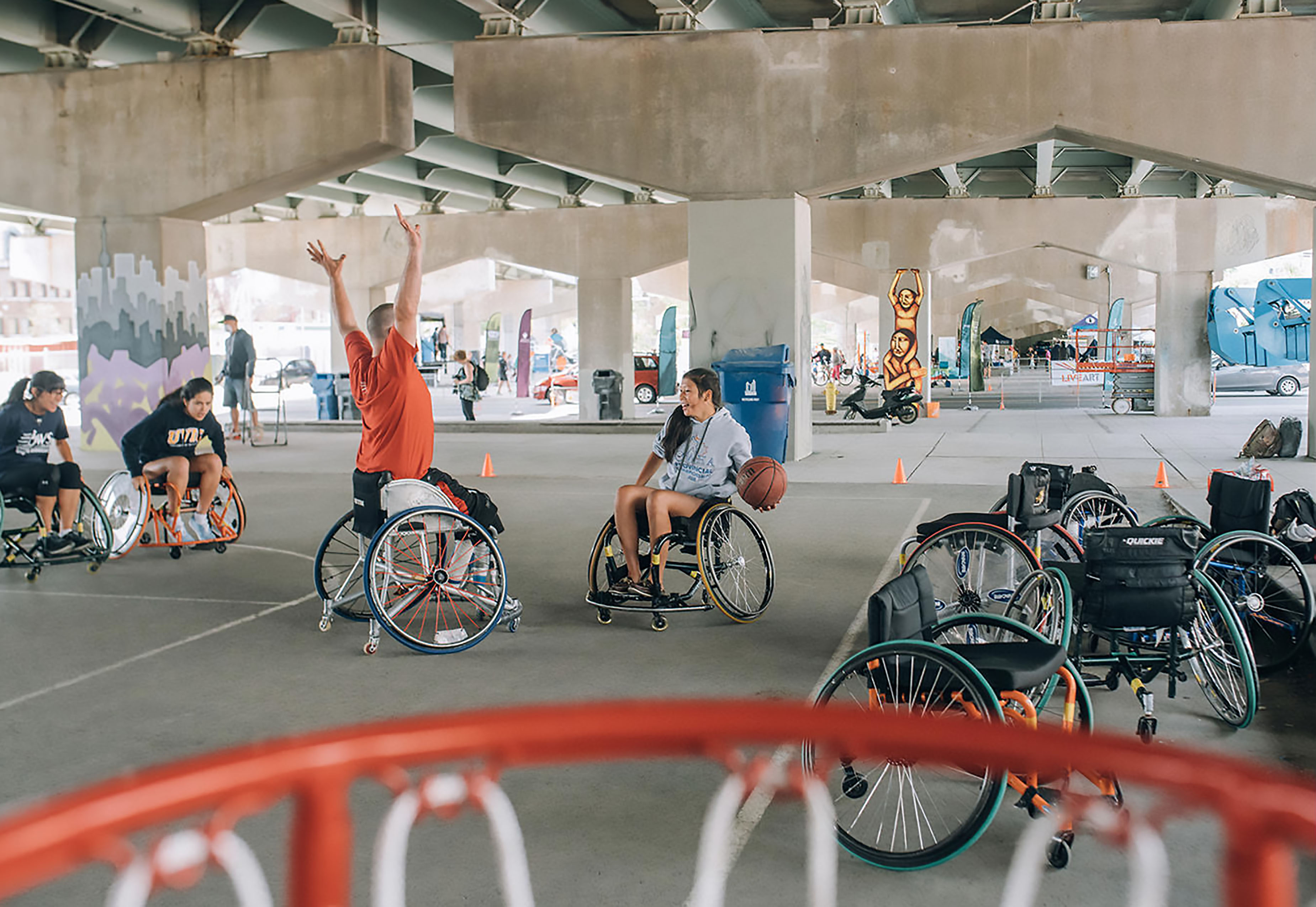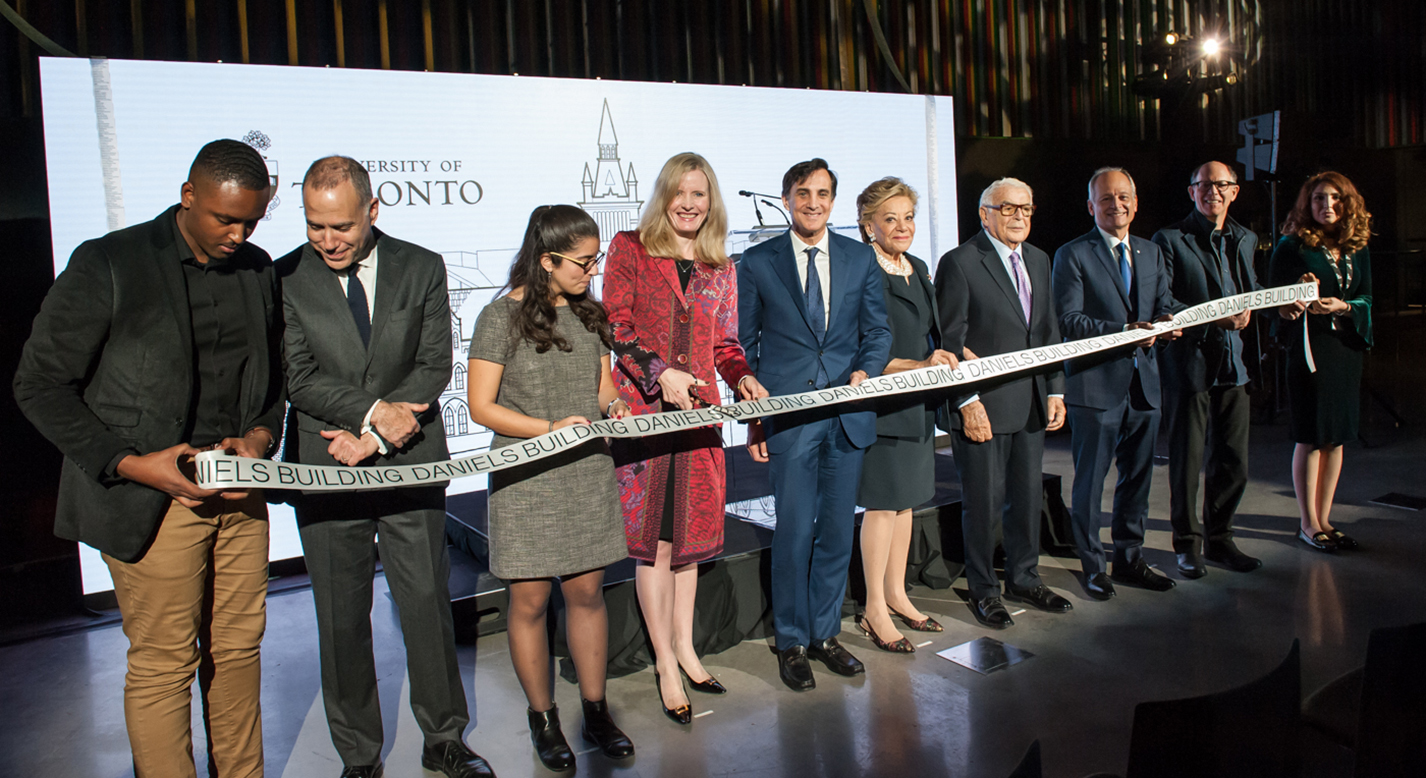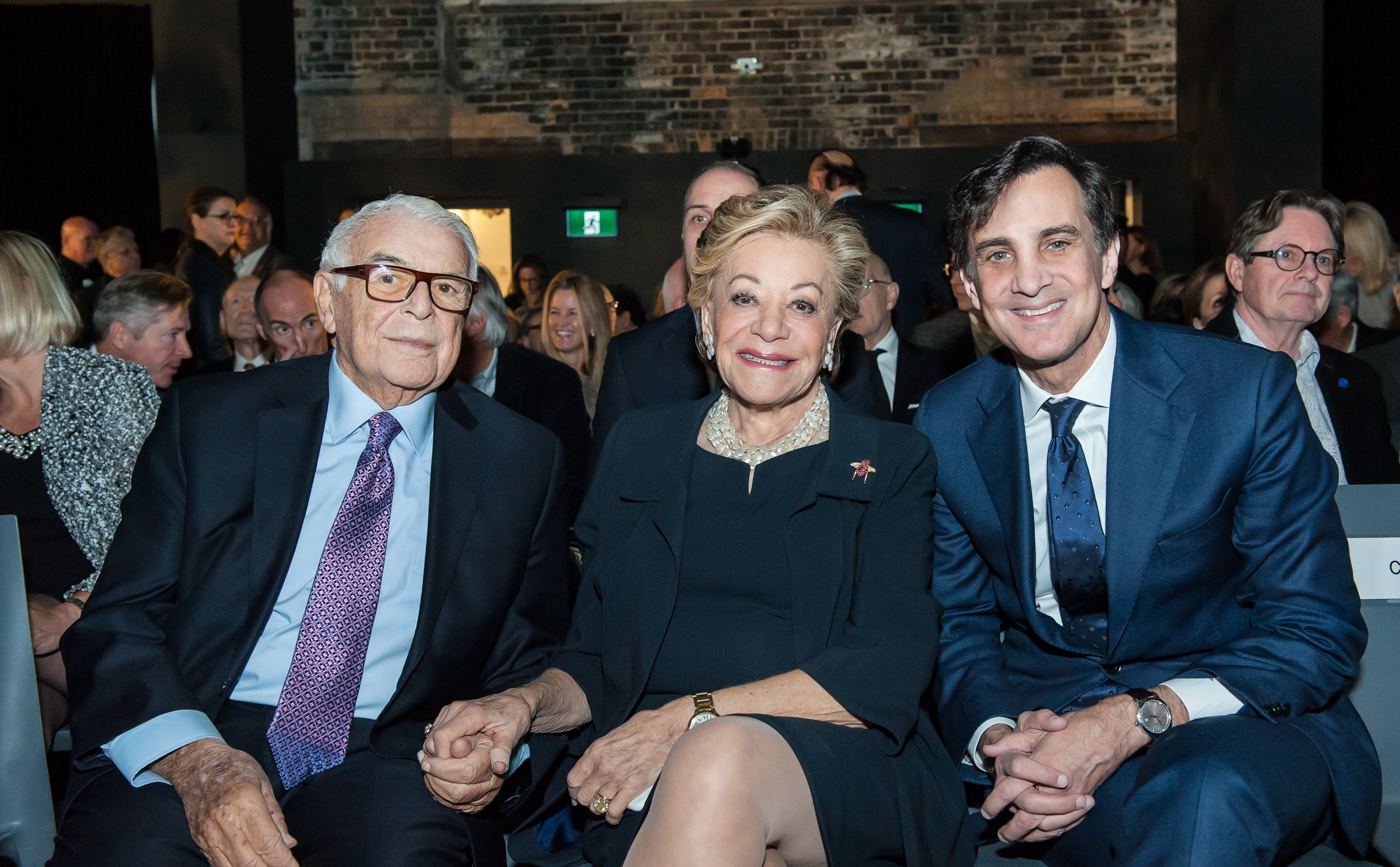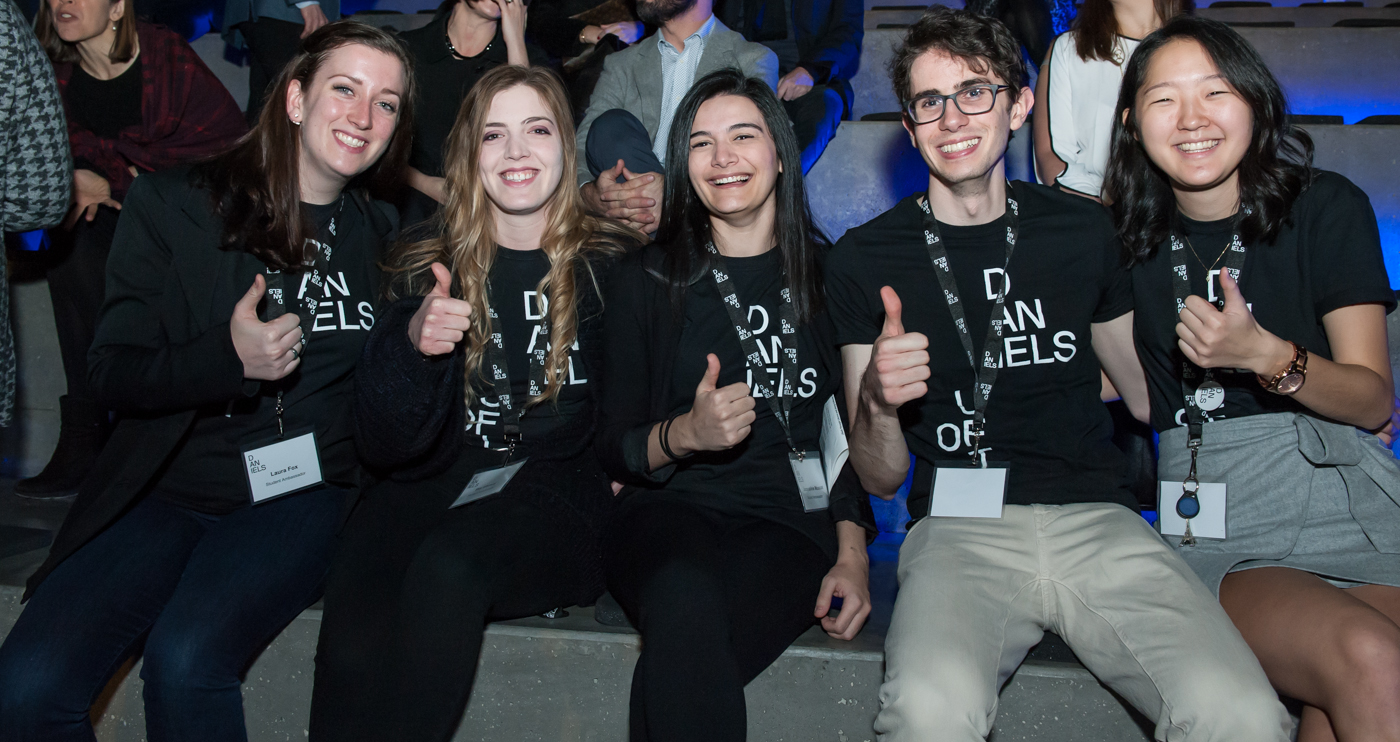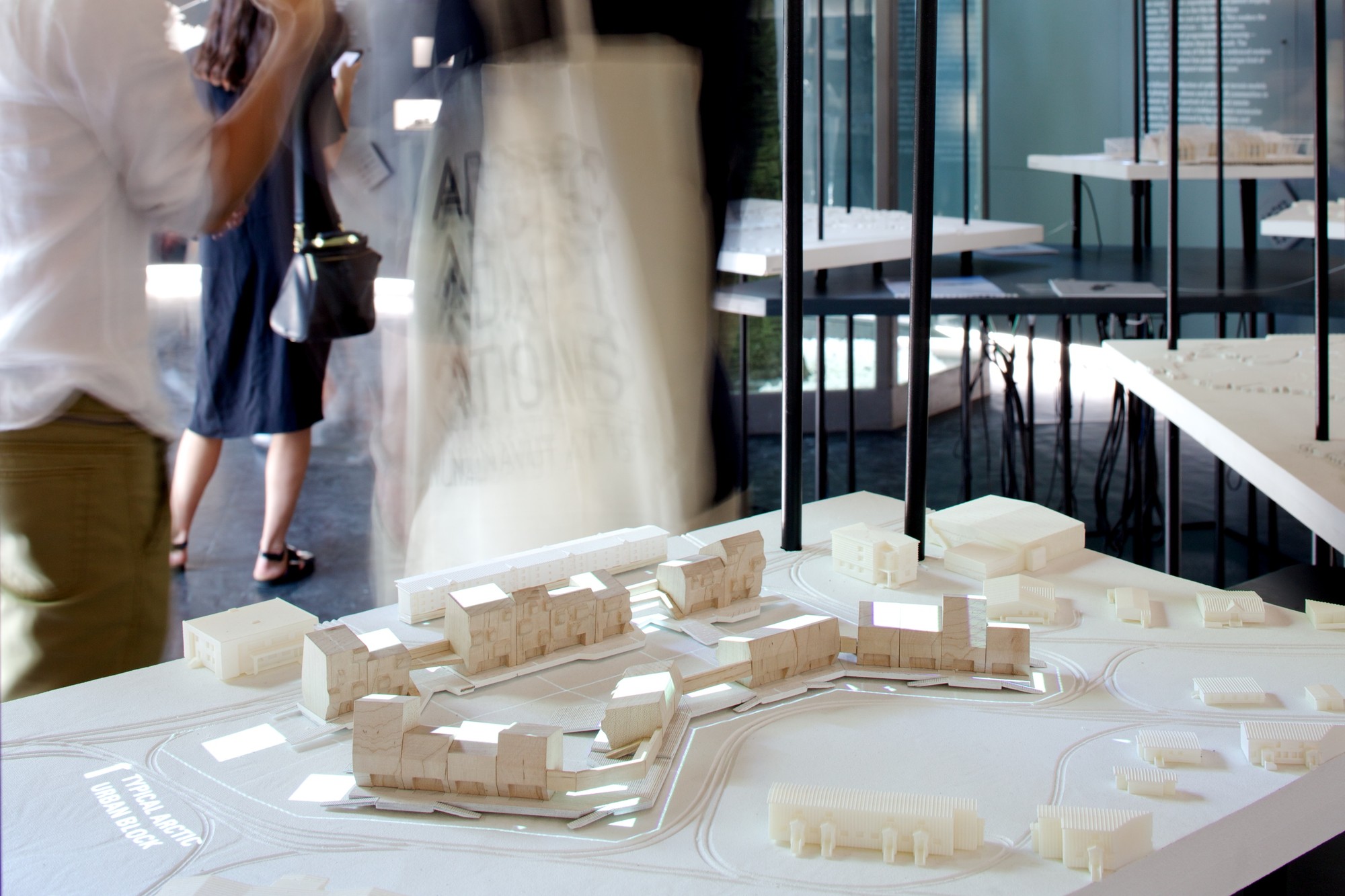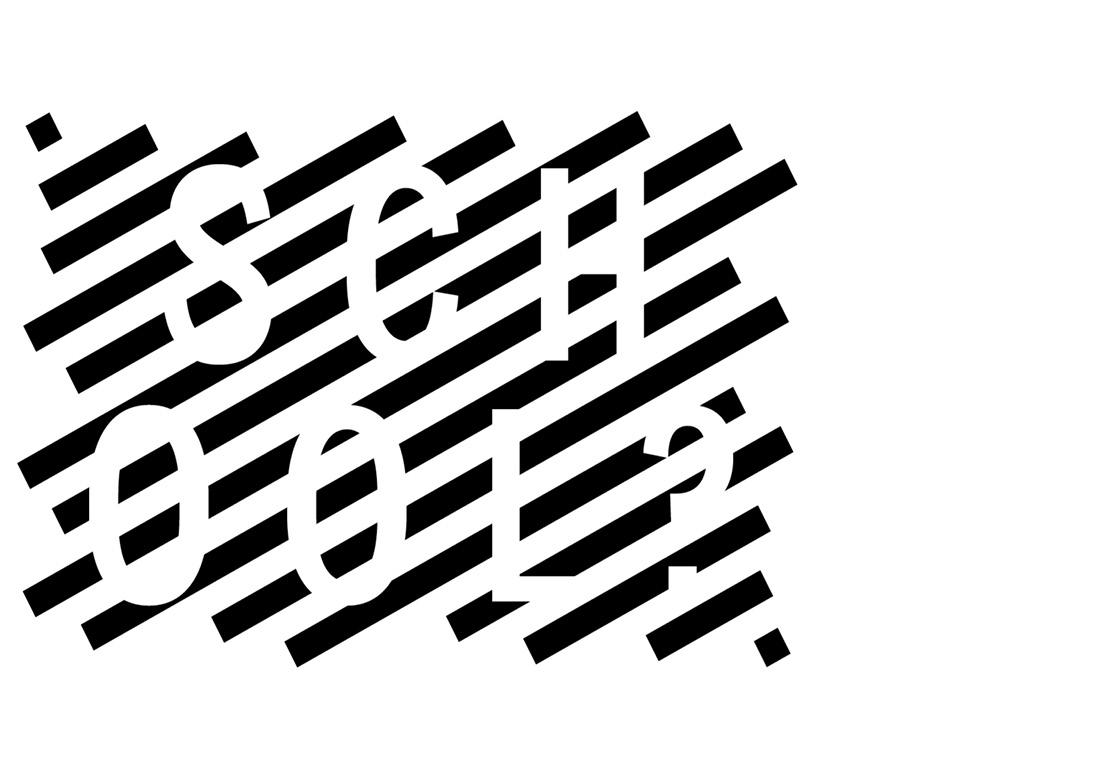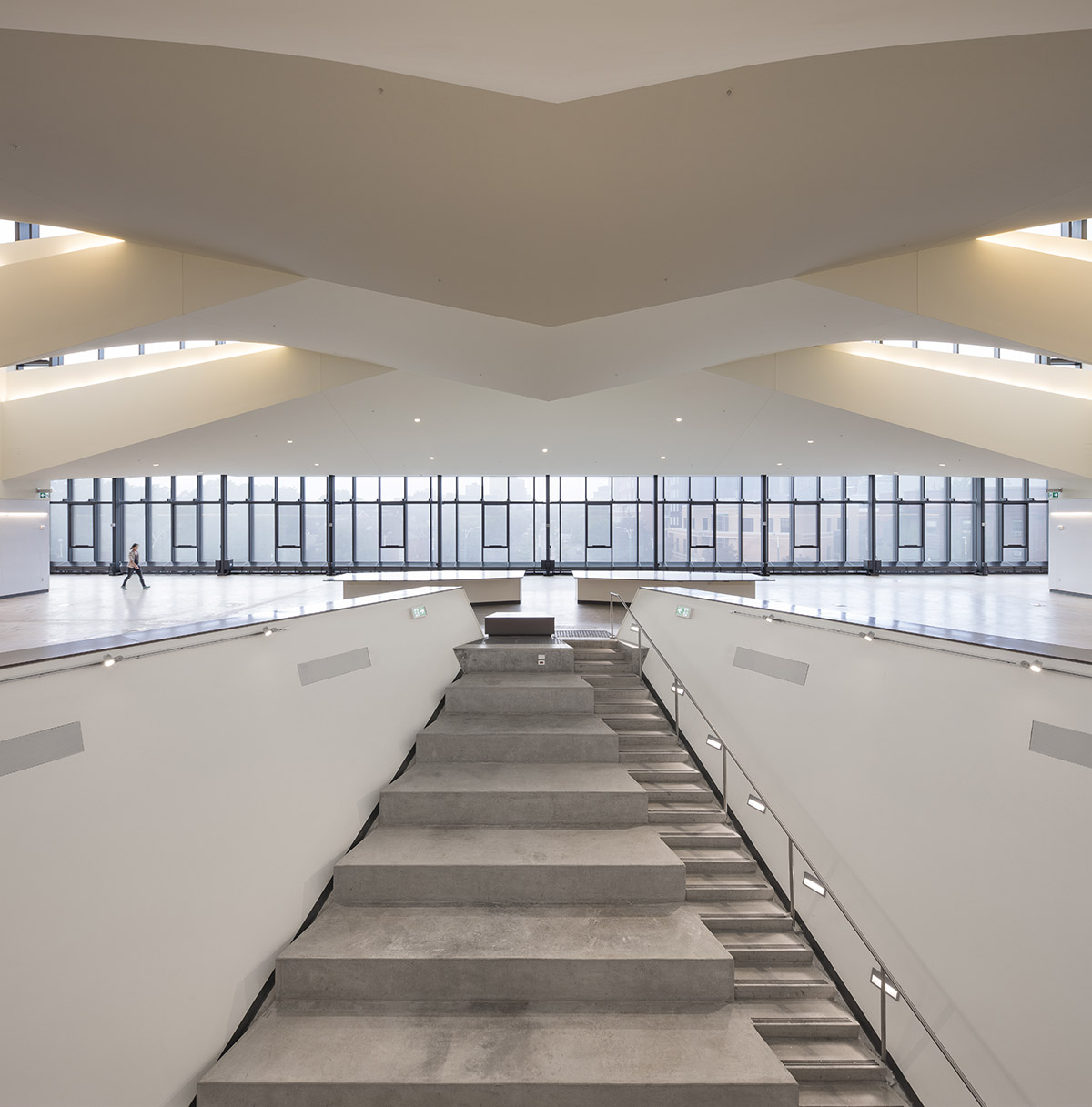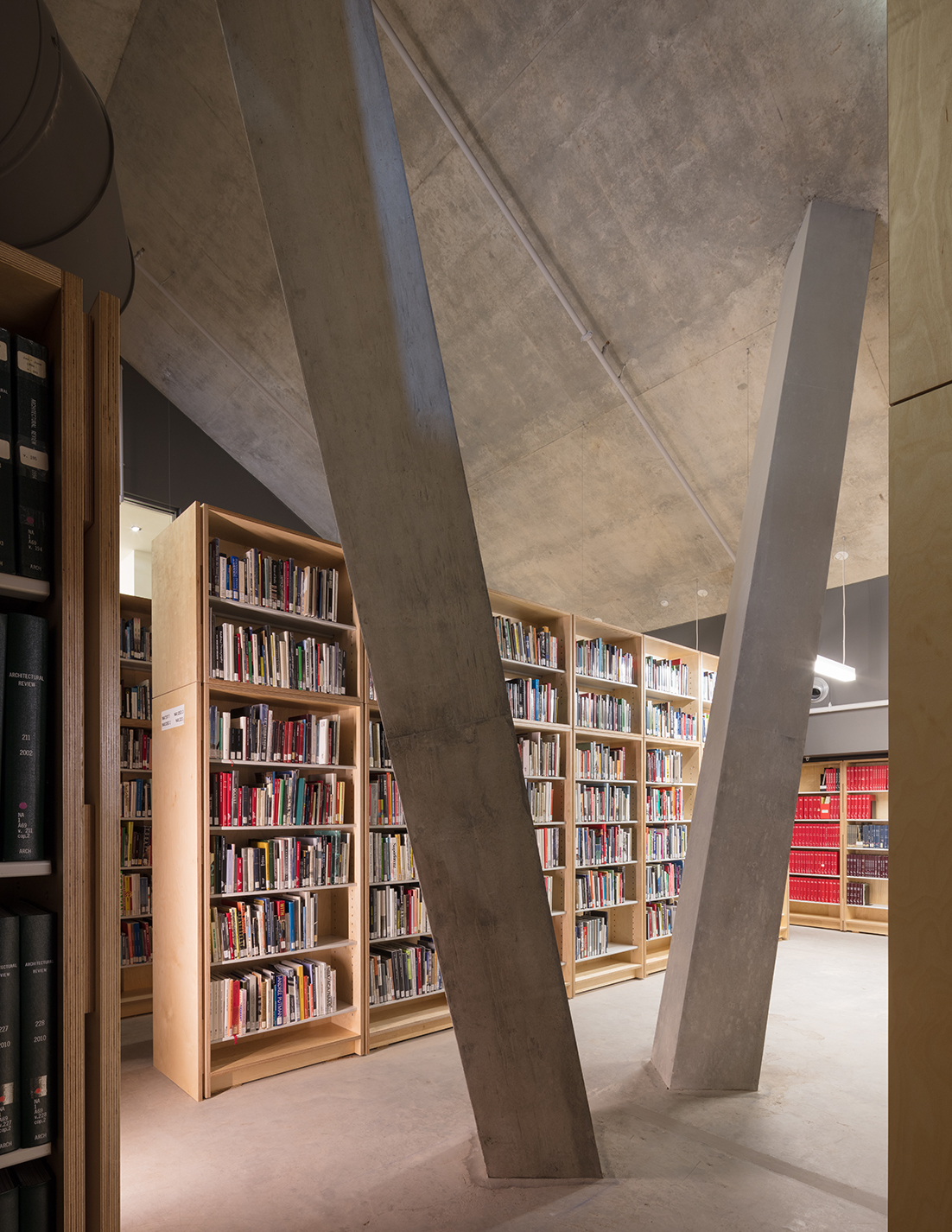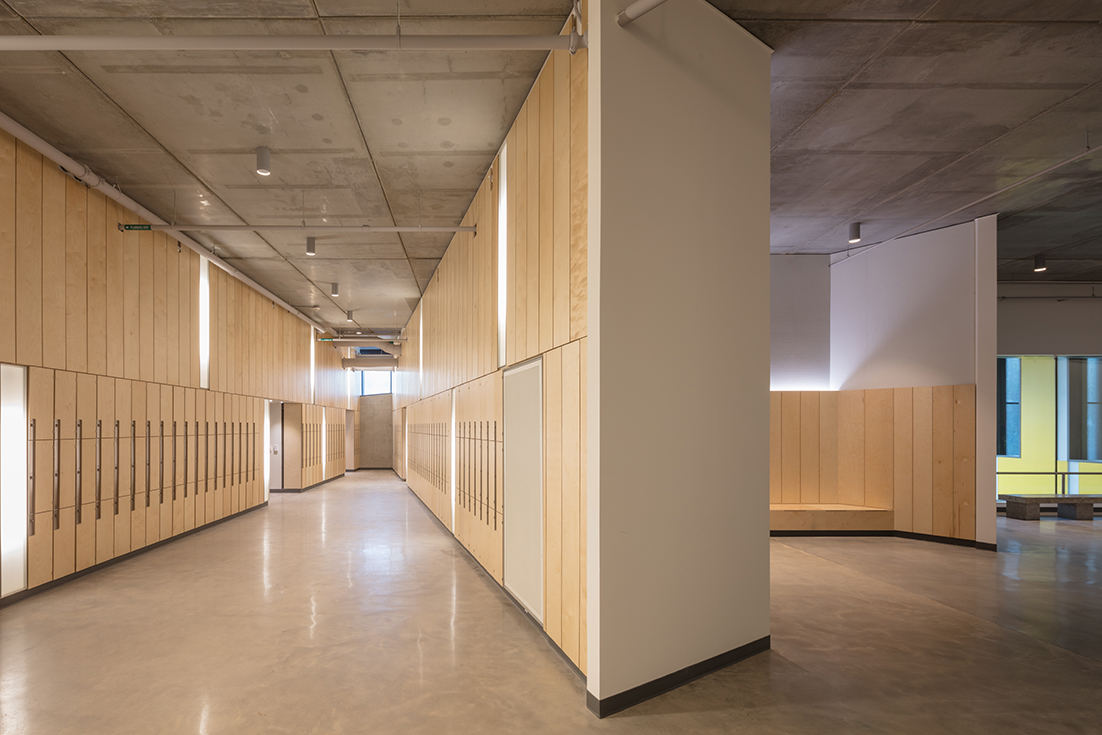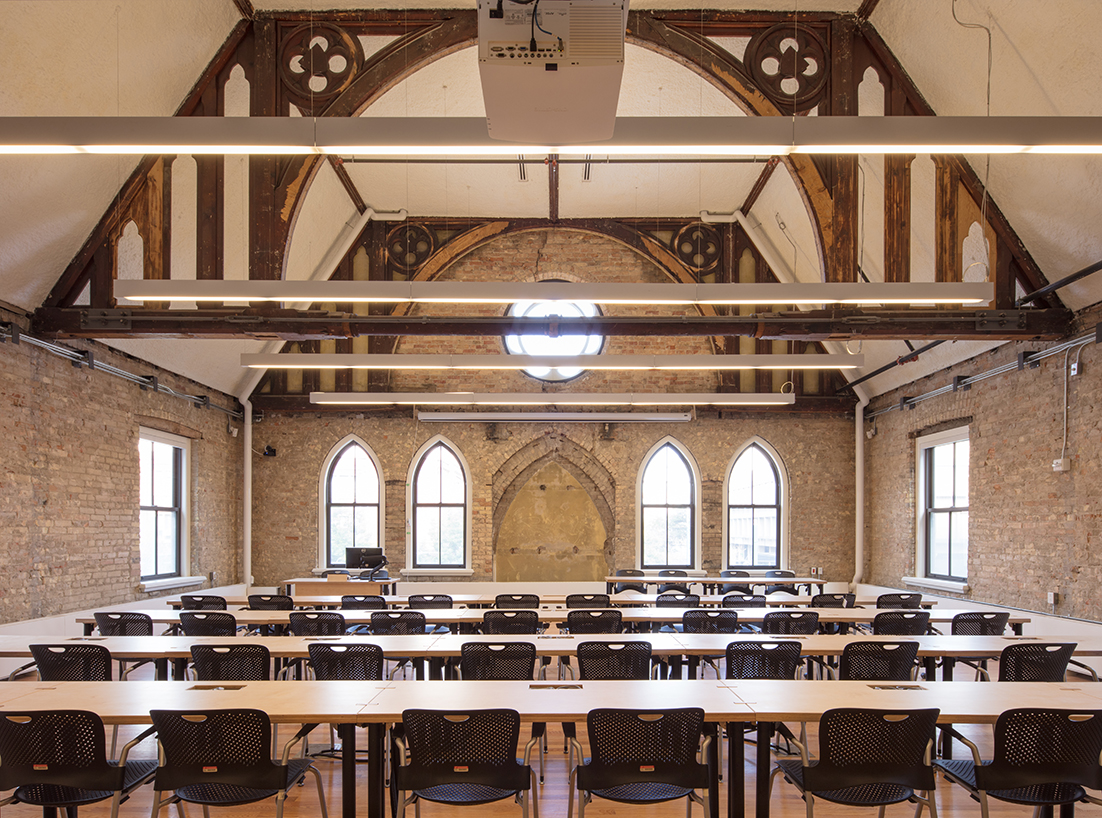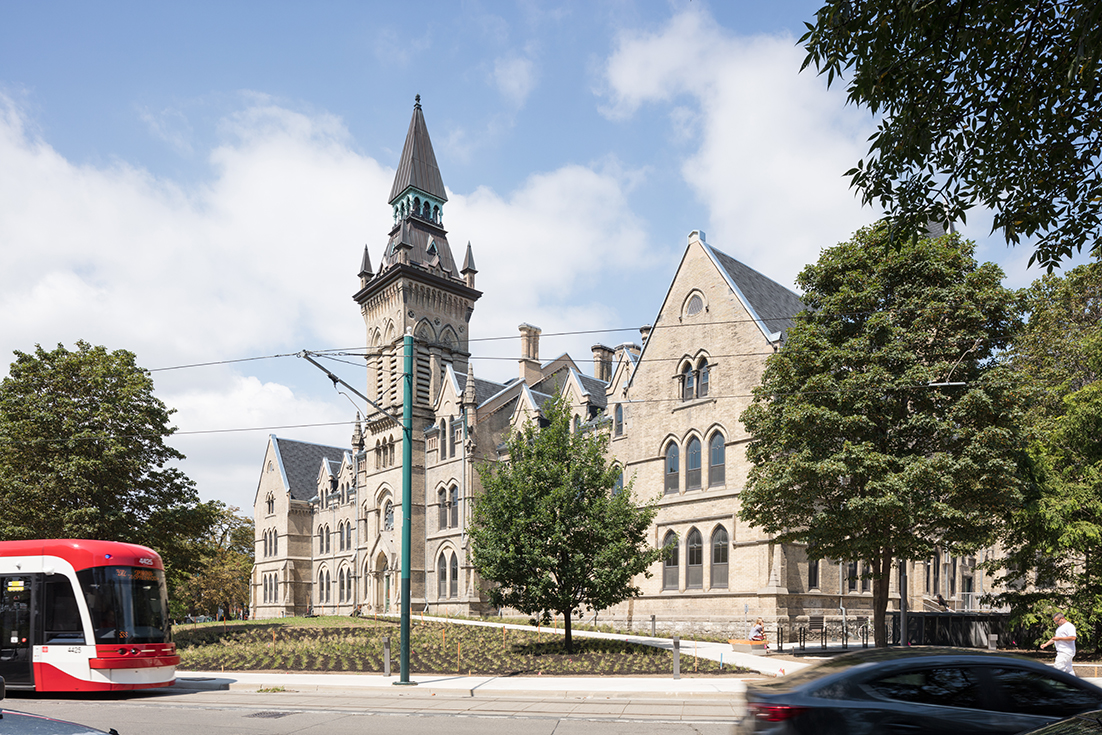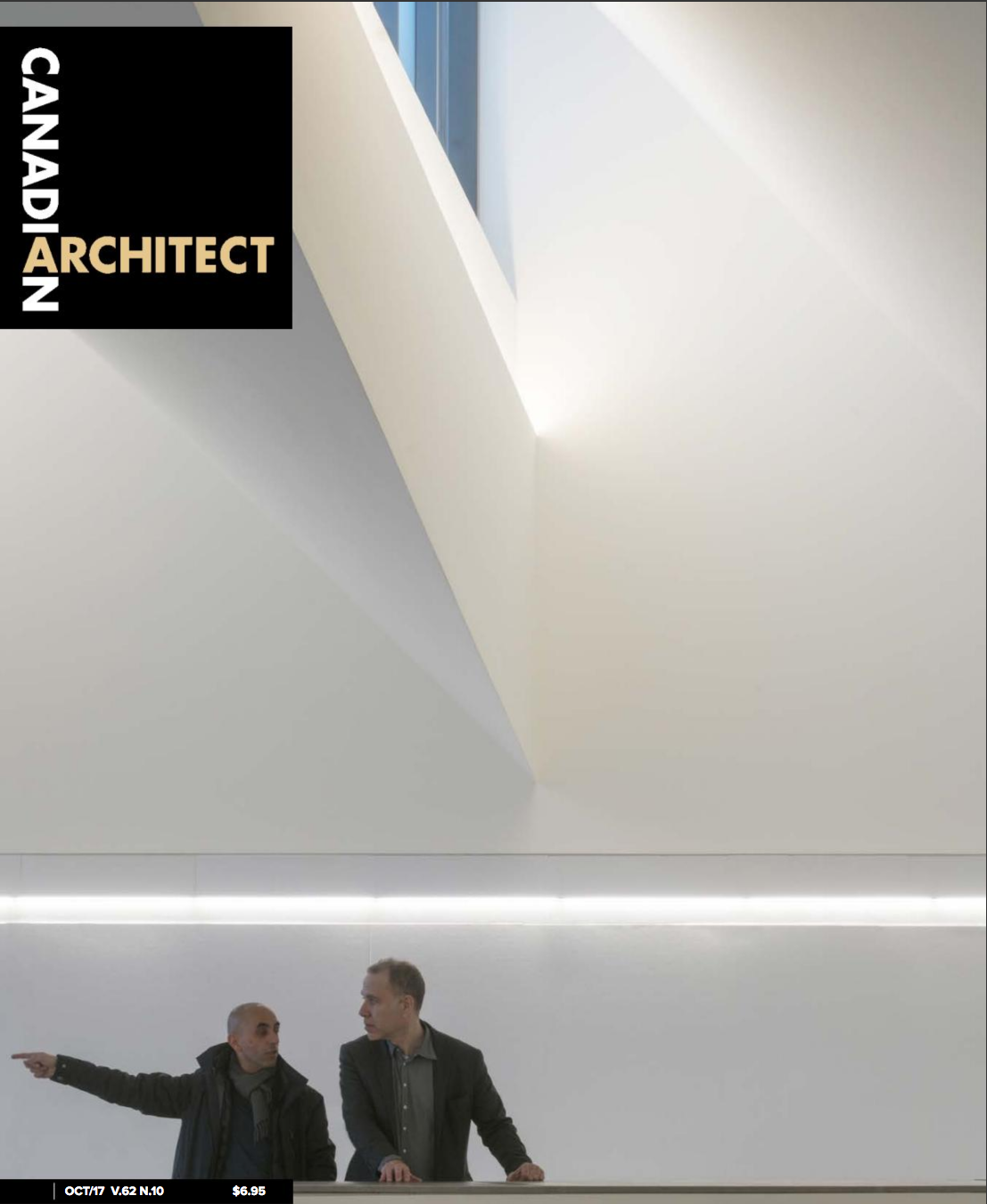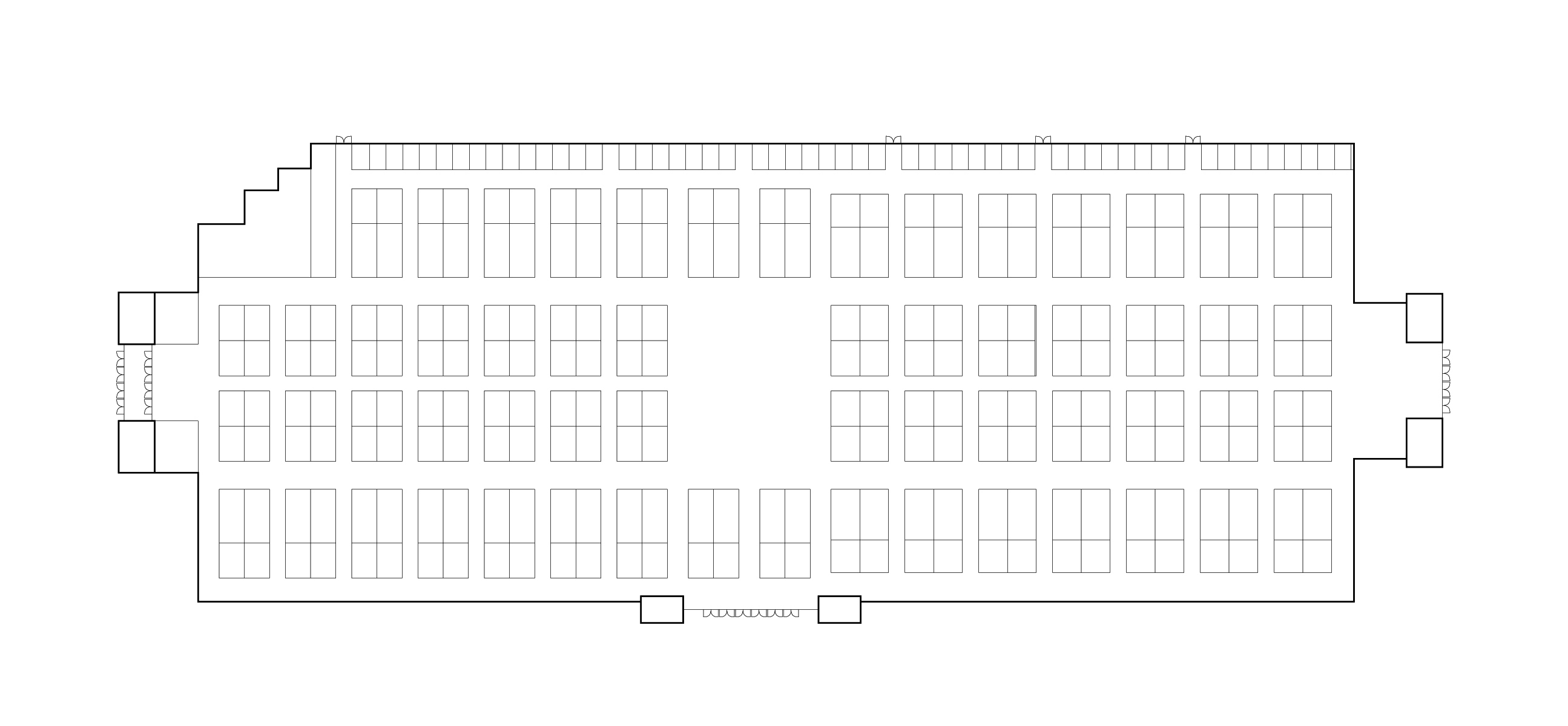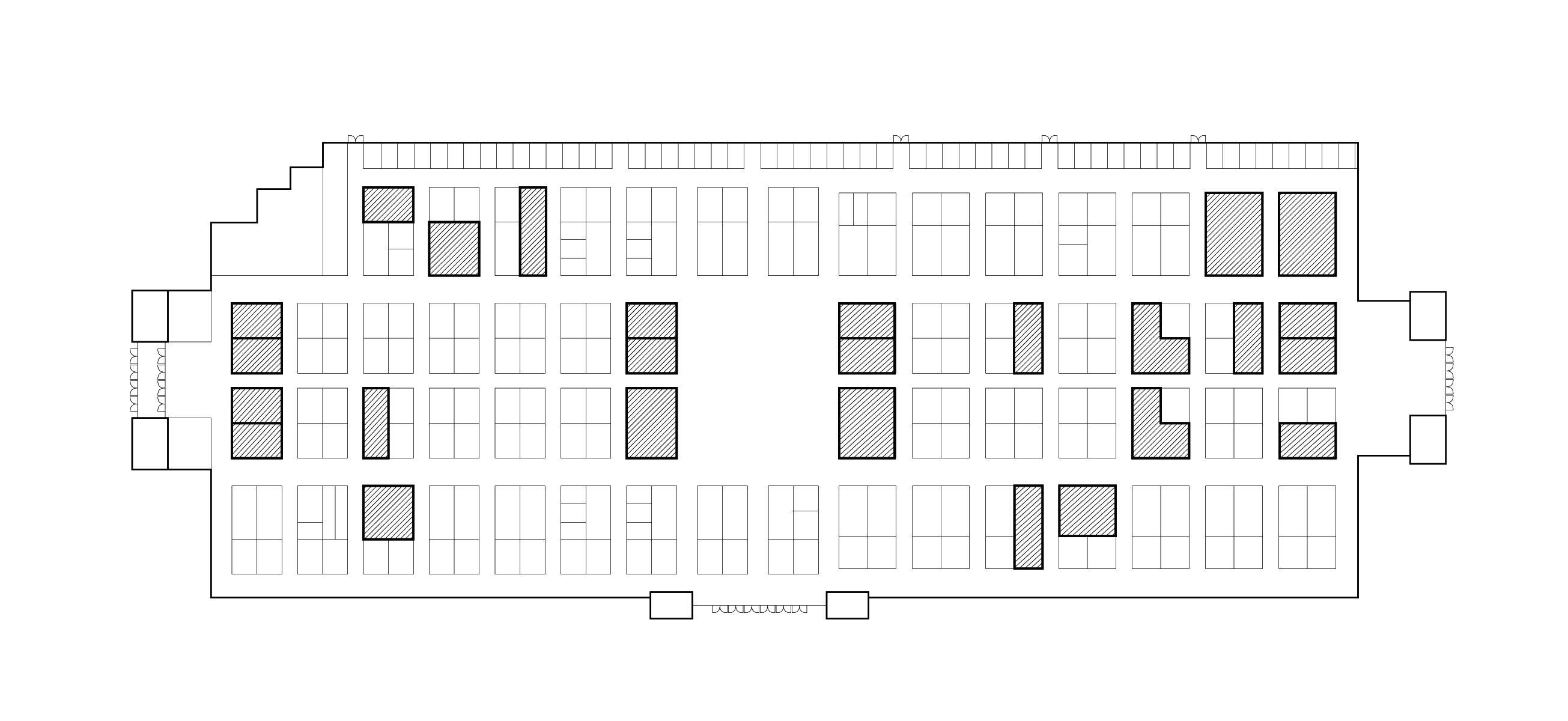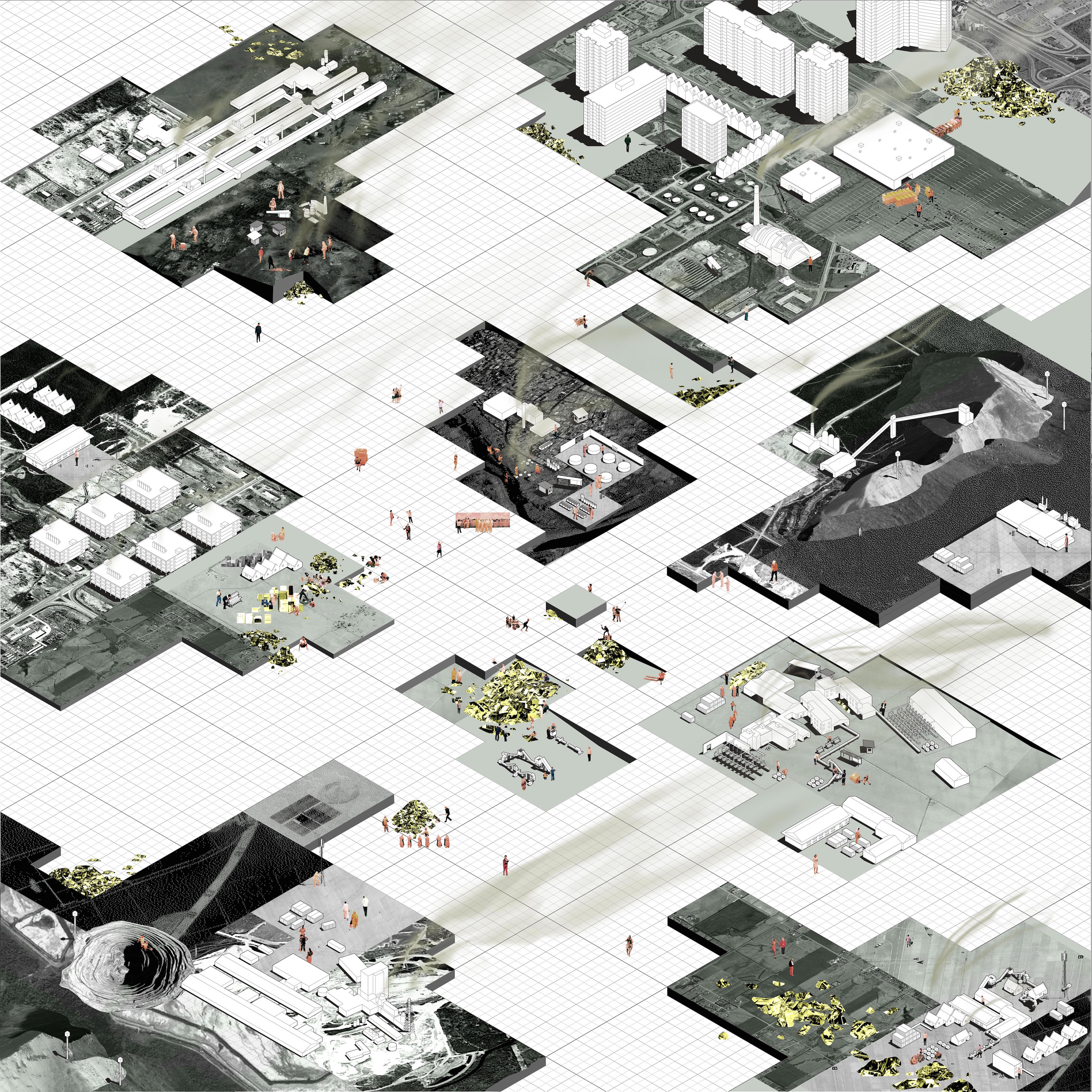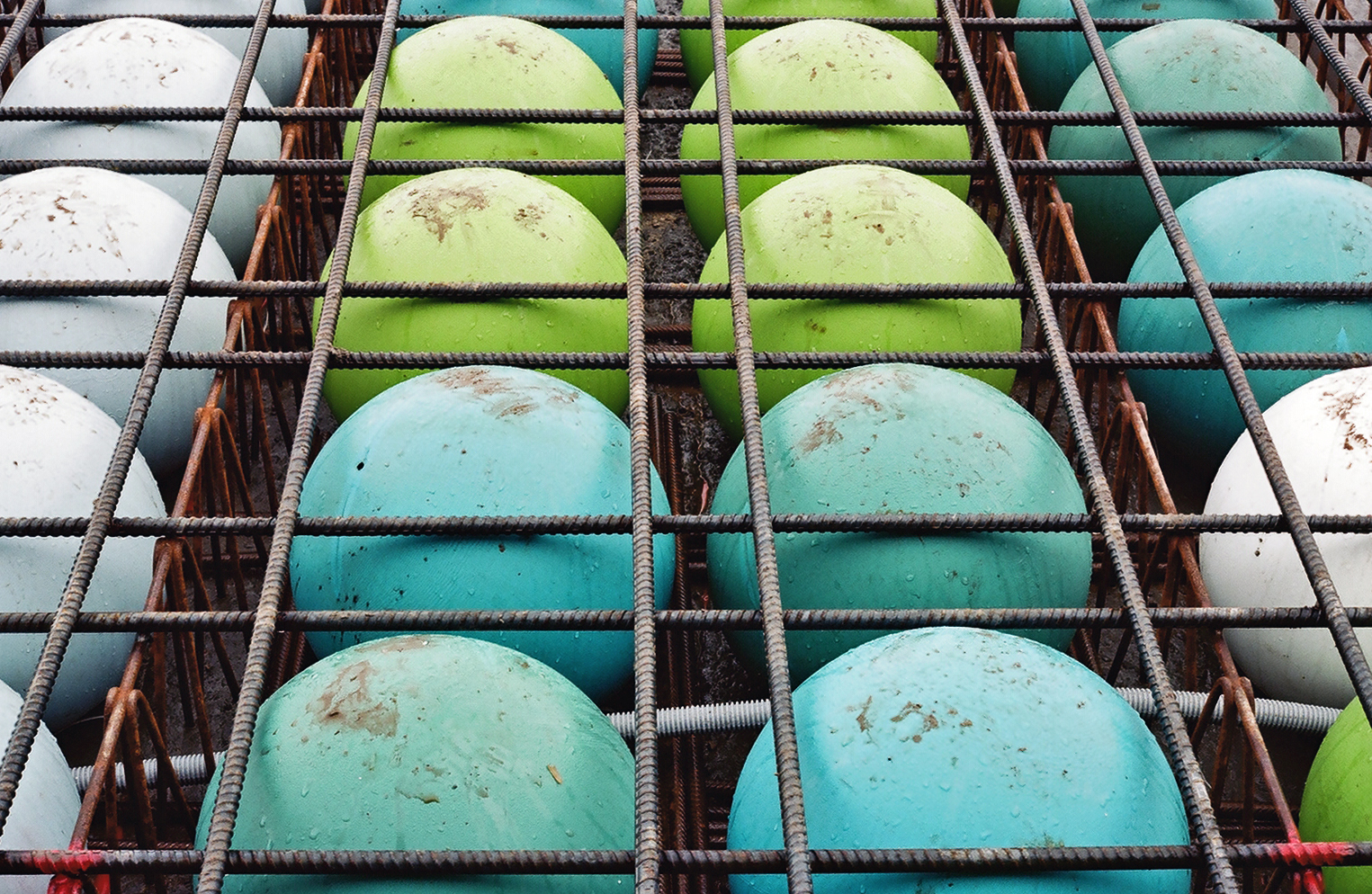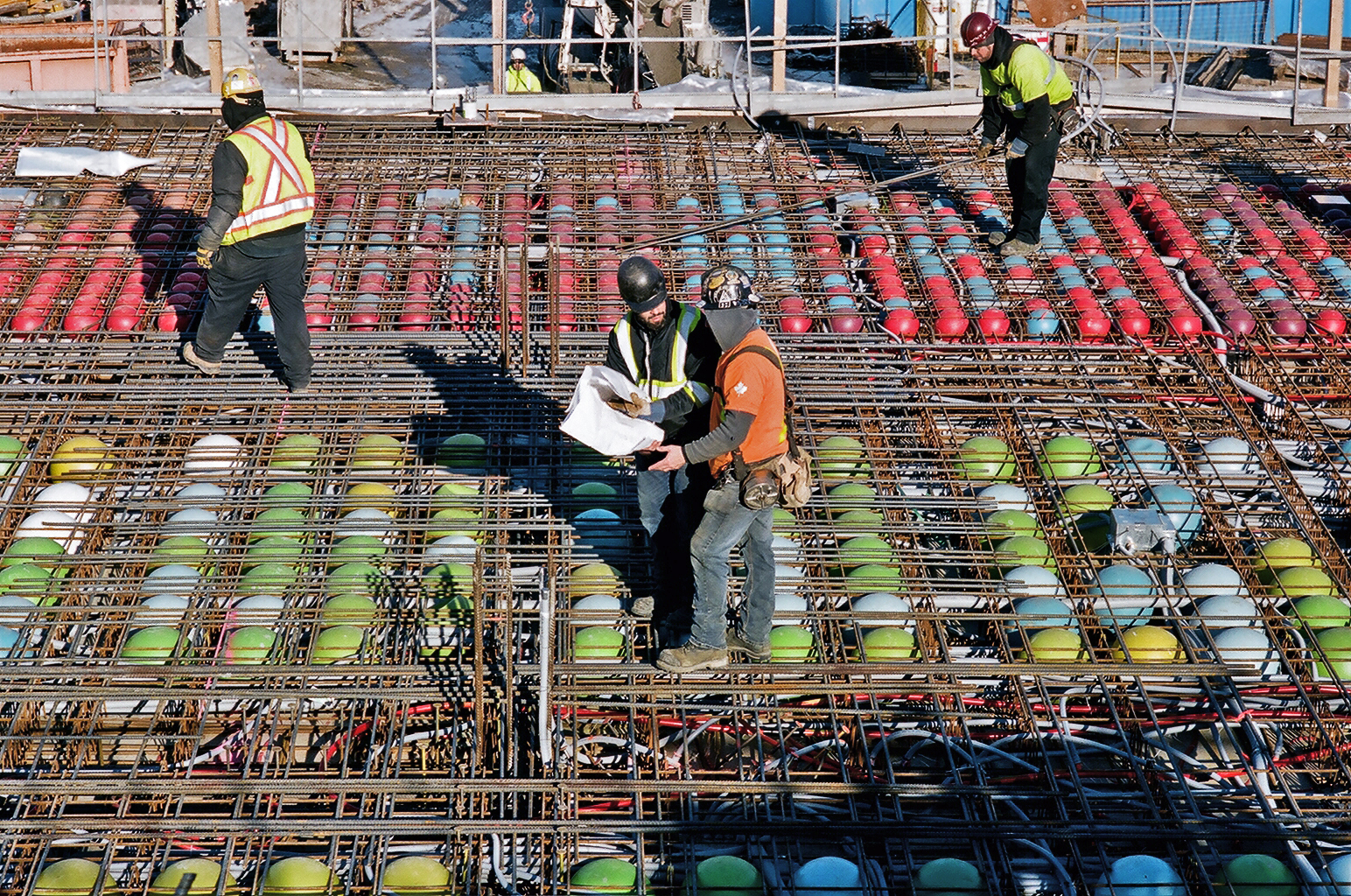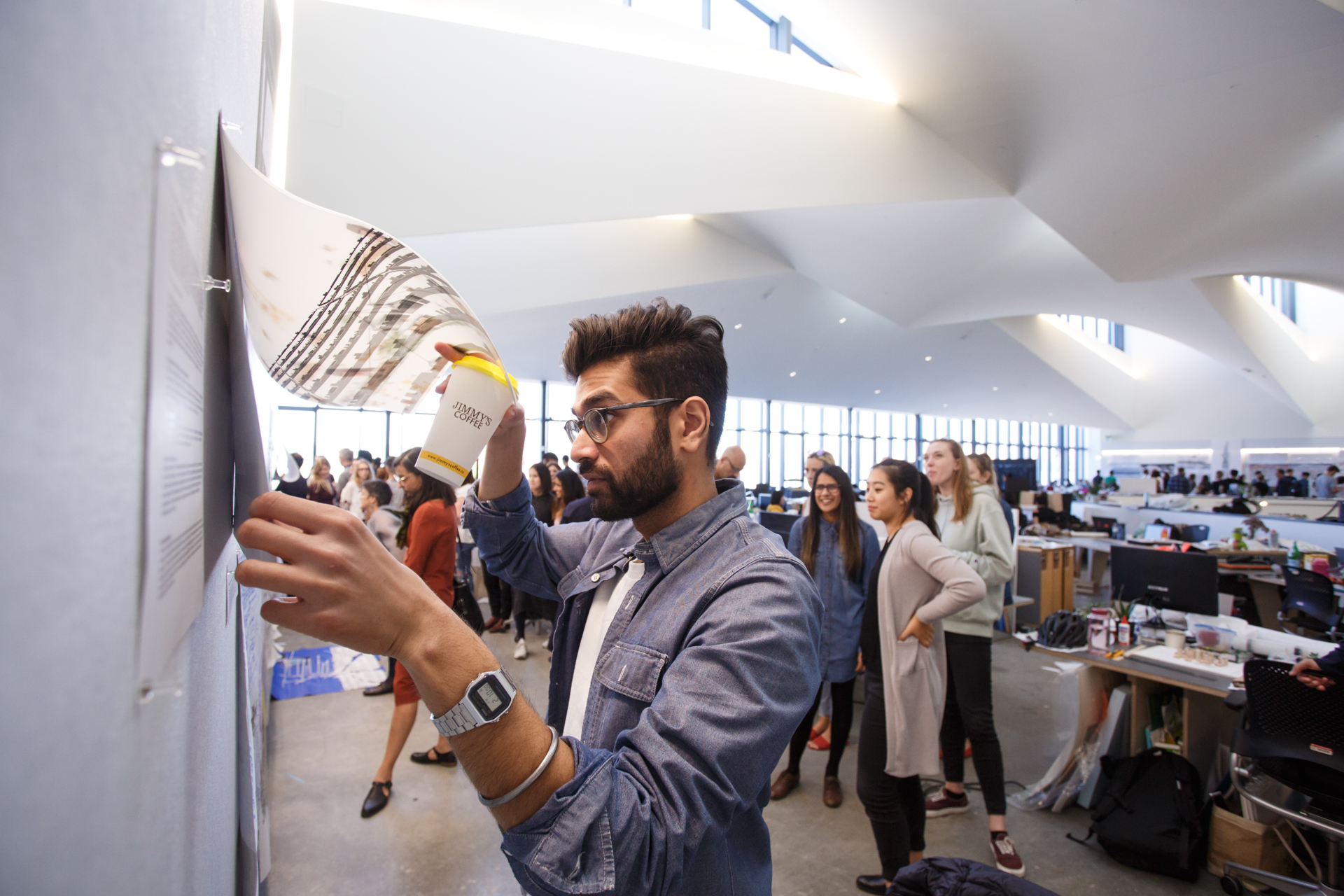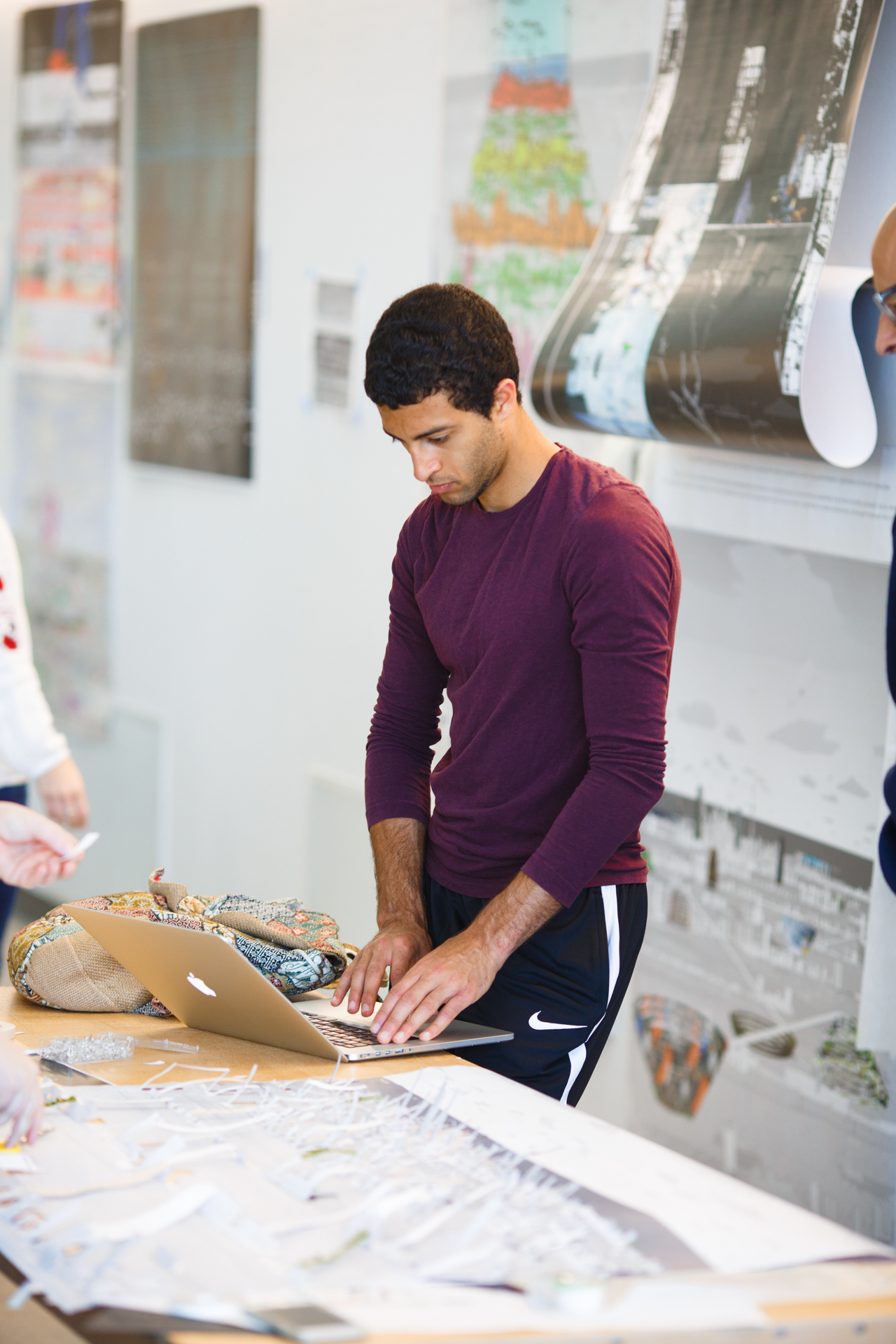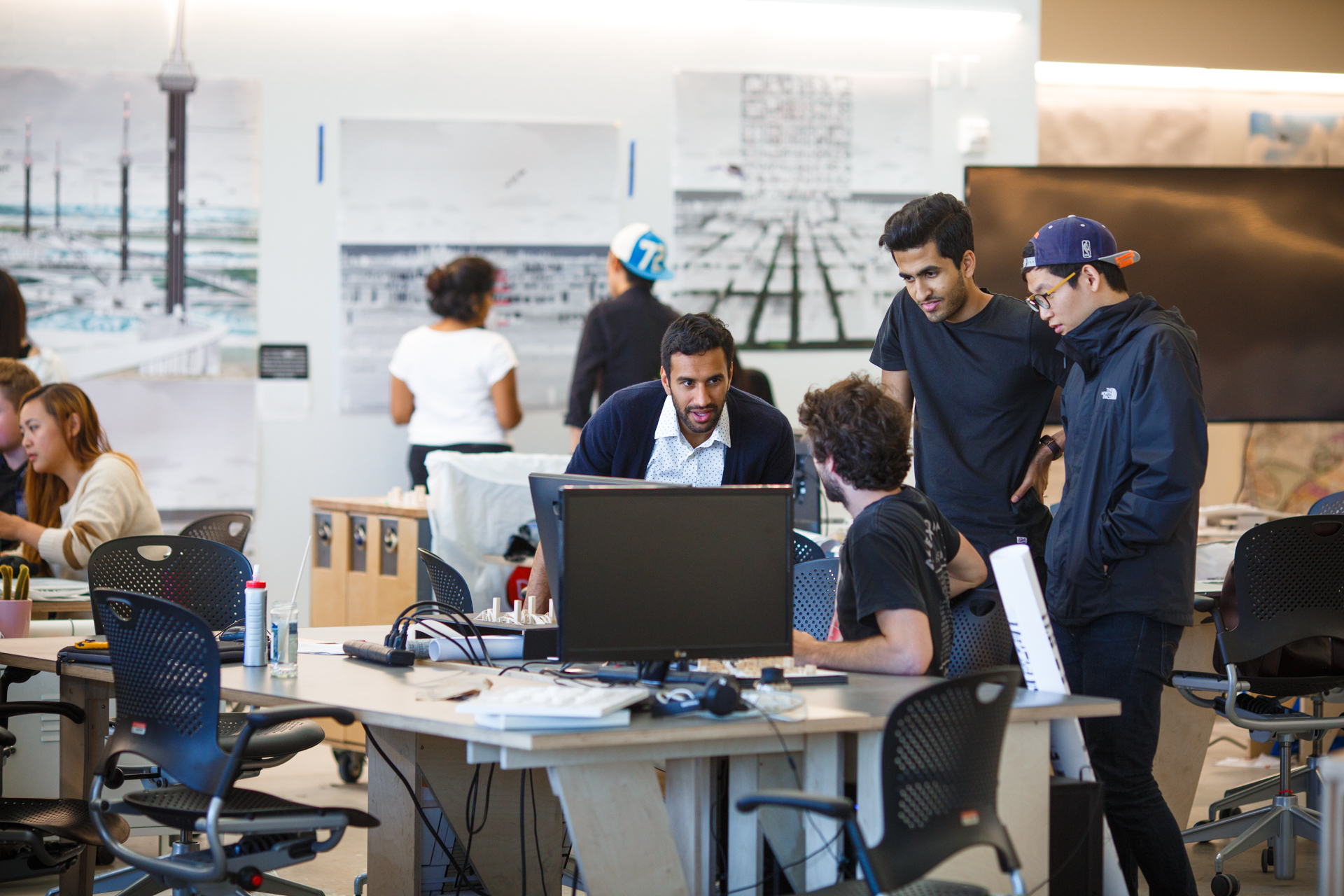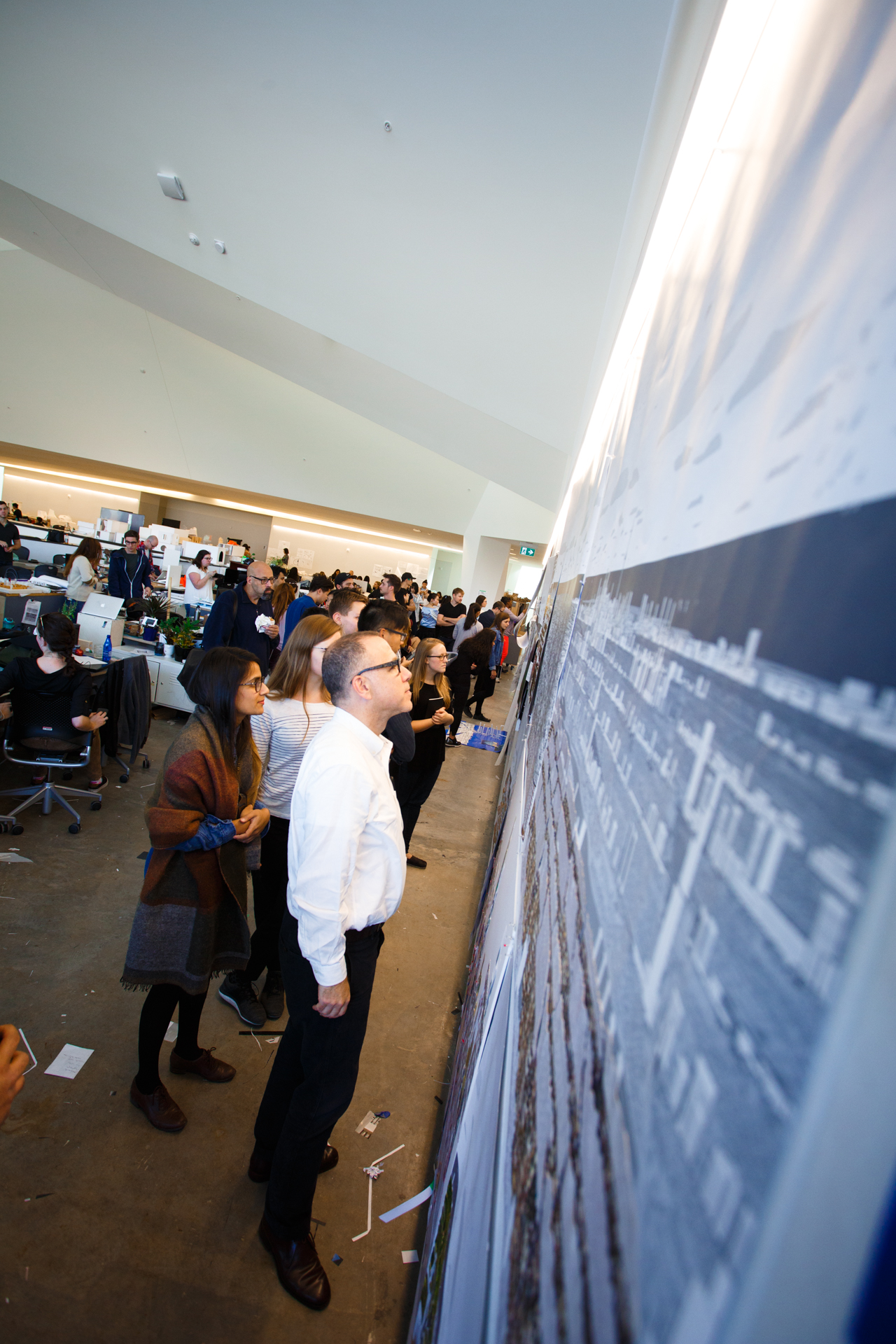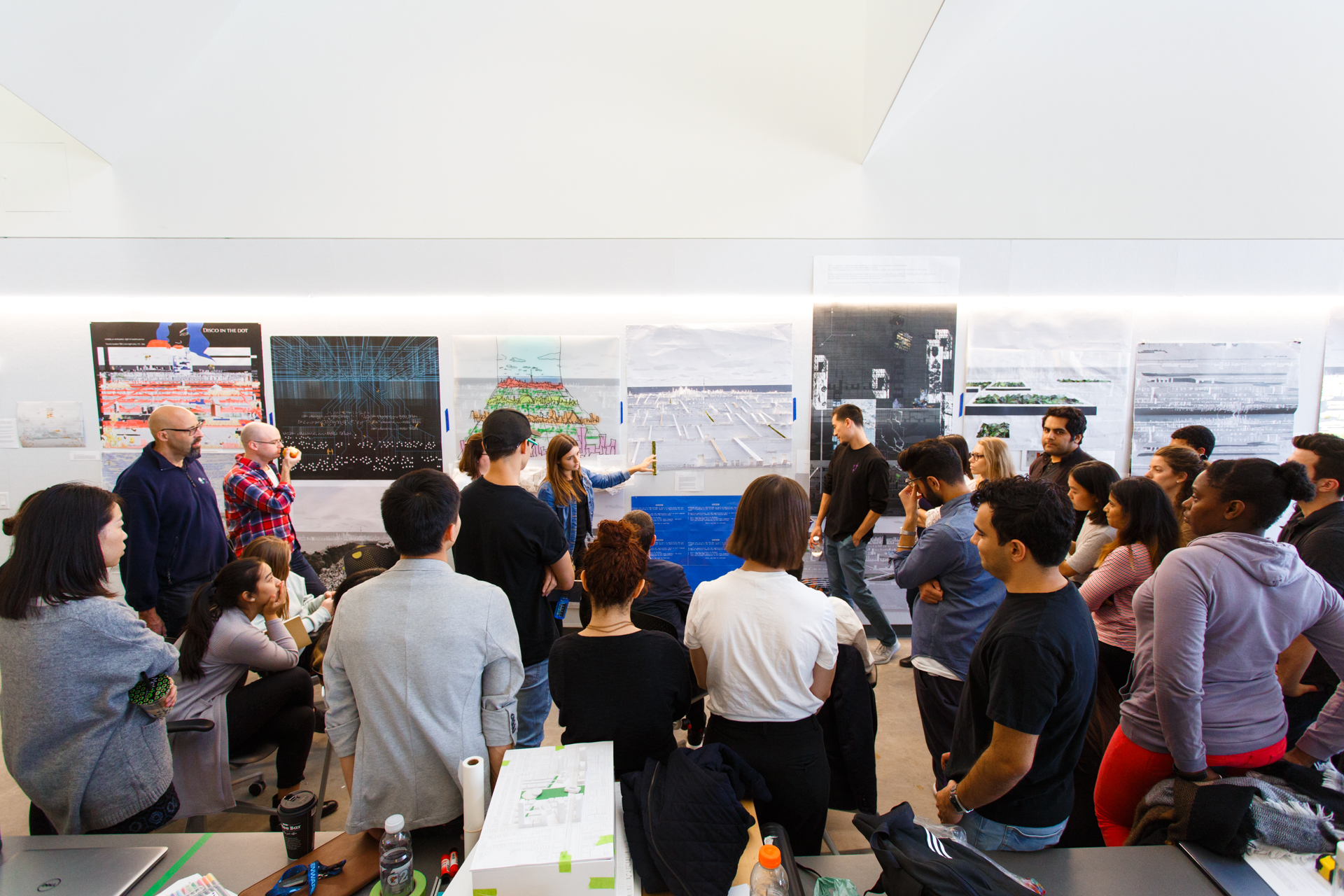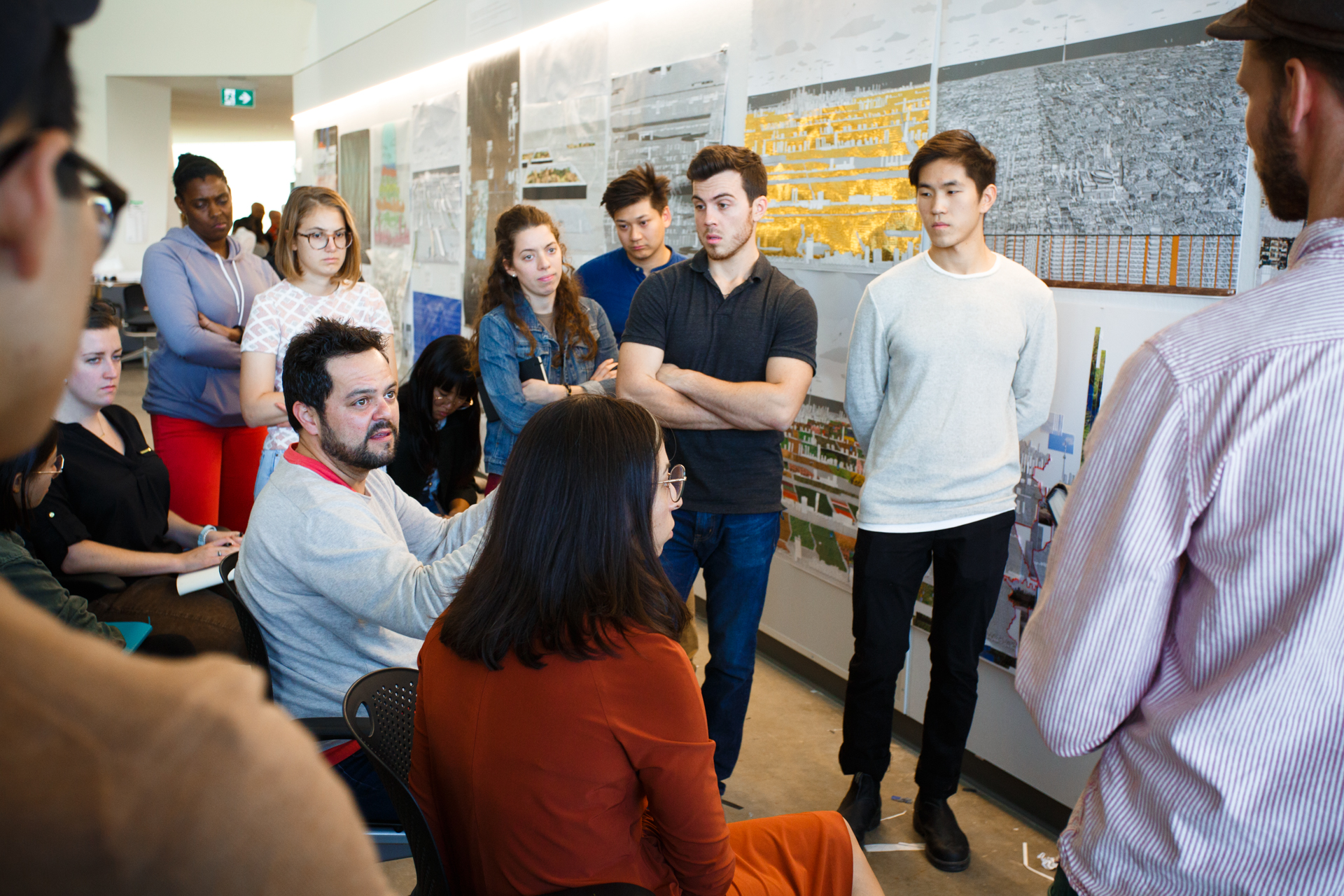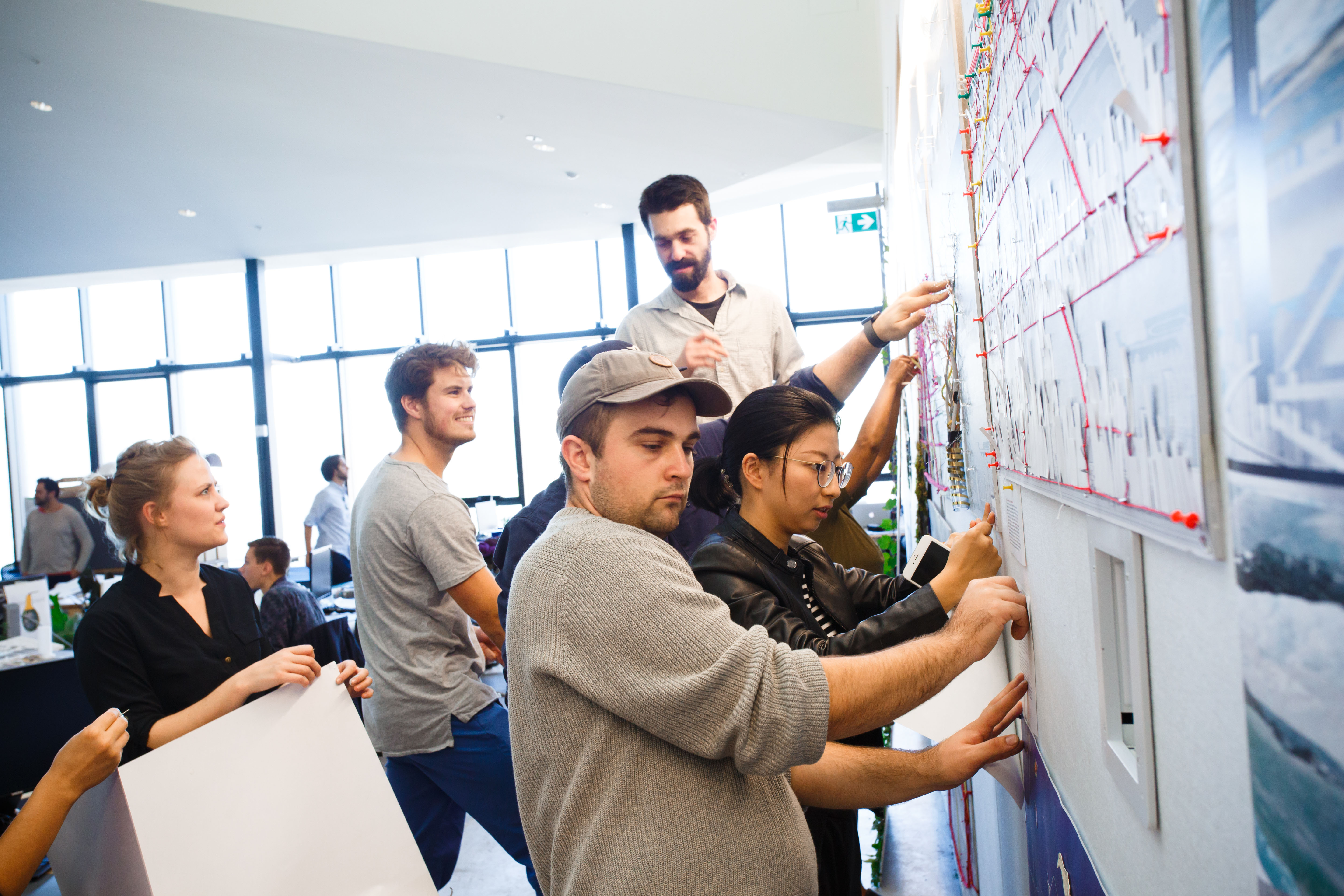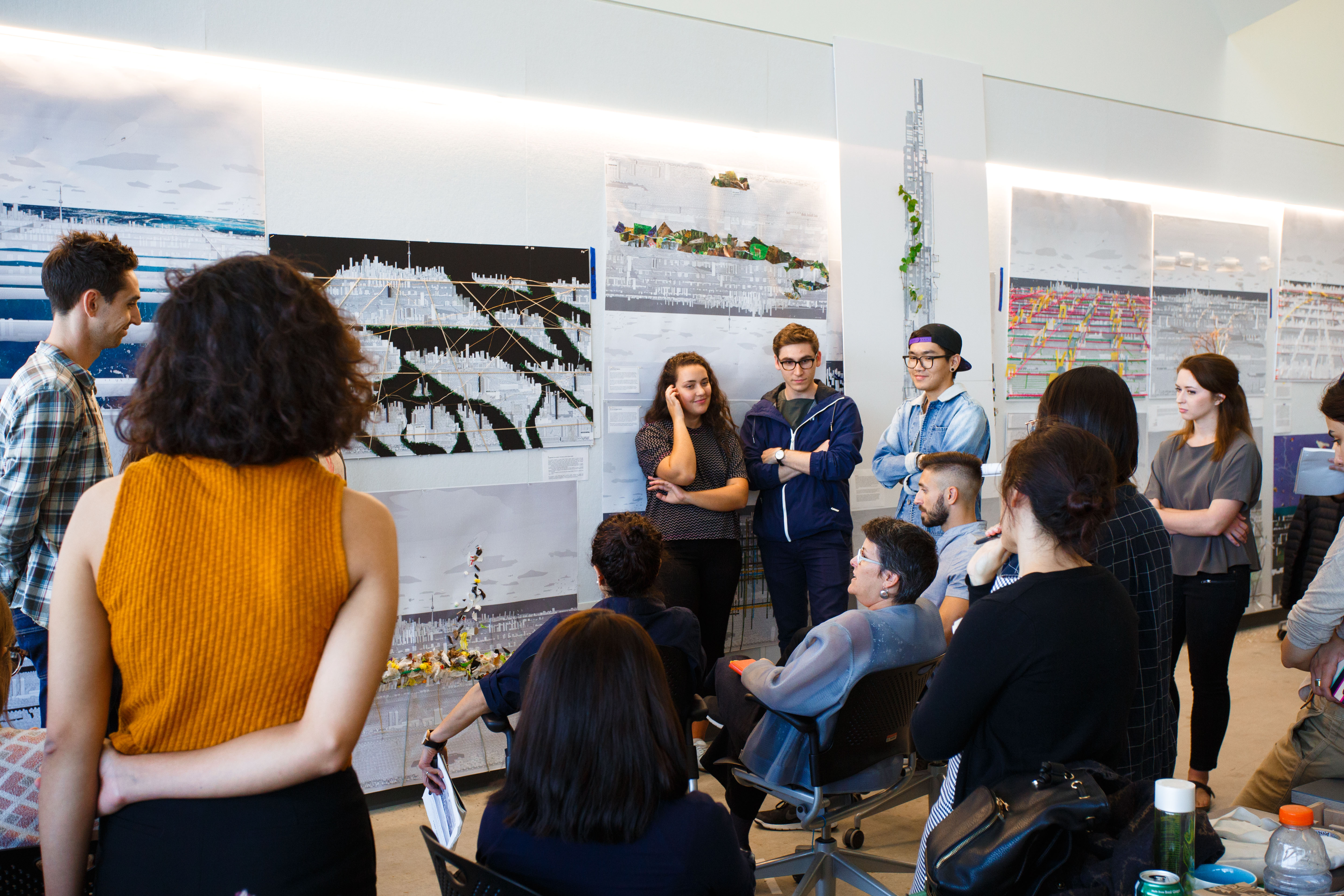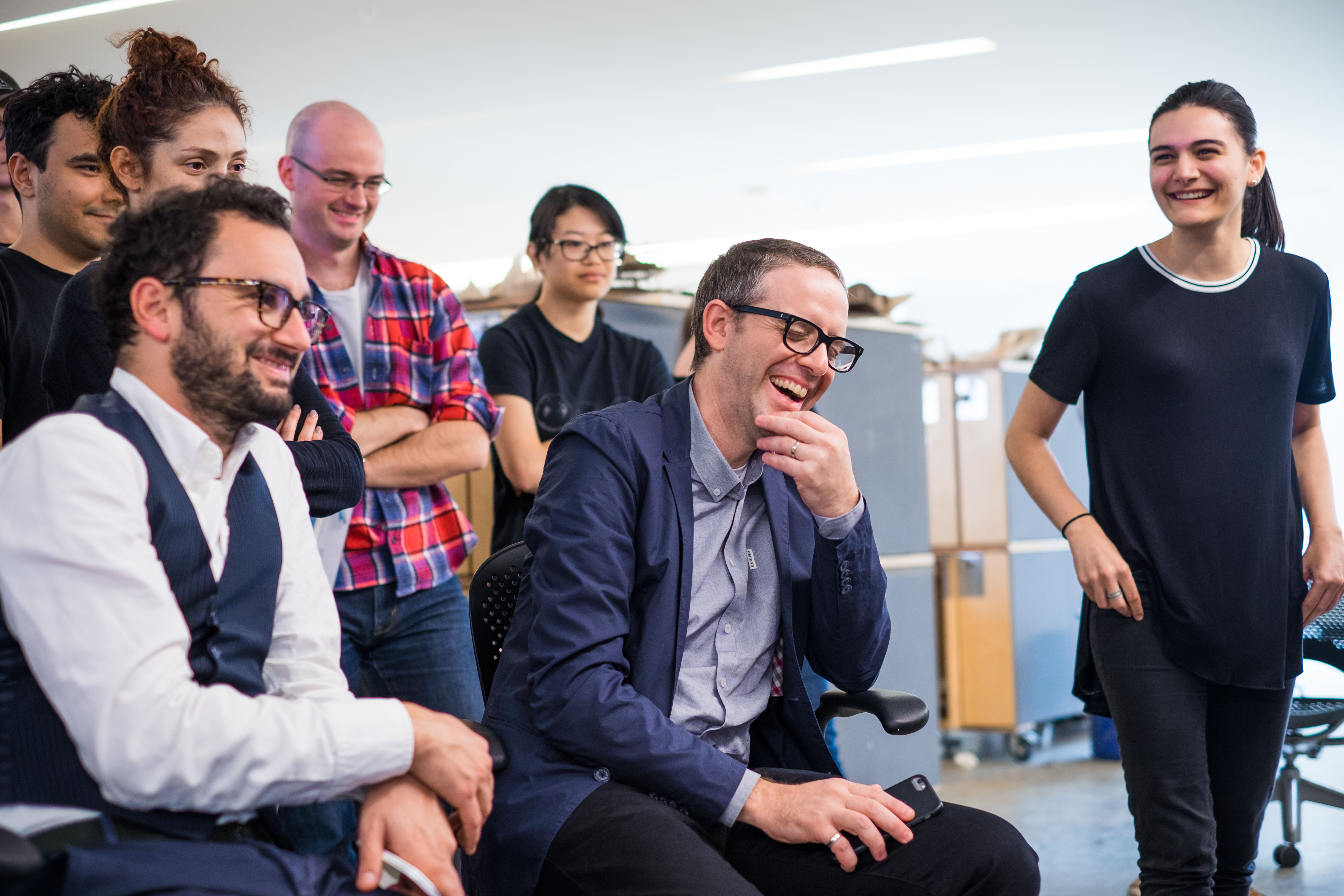23.11.17 - Daniels alumni and faculty recognized for West Don Lands tranformation in Toronto
The transformation of the West Don Lands in Toronto into a sustainable, mixed-use community has been recognized with a 2017-2018 Global Award for Excellence from the Urban Land Institute (ULI). The award-winning pedestrian-friendly community — a 79-acre site nestled between the Don Valley and Gardiner Expressway, near the Distillery District — was designed with the help of a number of faculty and alumni from the Daniels — including the Director of the Faculty’s Master of Urban Design program Mark Sterling.
Sterling was the Urban Design Lead for the Public Realm Master Plan led by David Leinster (BLA 1985) of The Planning Partnership.
Writes Batel Yona for the ULI’s website:
Innovative and high-quality parks and public realm are among the area’s hallmarks, each incorporating robust biodiversity and natural landscapes. Corktown Common is positioned atop a flood-protection land form that protects 519 acres (210 ha) of downtown Toronto and unlocks the area’s development potential. Underpass Park transformed an unused area into a family-friendly recreational community space. The Front Street Promenade, a linear park that constitutes the spine of the new neighborhood, is programmed with curated public art installations and linked to the district’s secondary network of mews, courtyards, and pathways to create a healthy, walkable, integrated new community. Toronto’s first woonerf streets are also found here.
The team for the West Don Lands project includes:
Master developer: Waterfront Toronto; precinct plan: Urban Design Associates
Developers: Urban Capital (River City), DREAM Unlimited, Kilmer Group (Canary District), Toronto Community Housing
Public realm and urban designers: the Planning Partnership with PFS Studio plus &Co., Michael Van Valkenburgh Associates Inc.
Landscape designers: Claude Cormier & Associates, NAK Design Strategies Architectural design: (River City) Saucier & Perrotte, ZAS Architects; (Canary District) architects Alliance, KPMB Architects, Page + Steele/IBI Group Architects, Daoust Lestage, MacLennan Jaunkalns Miller Architects, (Shade Pavillion) Maryann Thompson Architects
Design/builder: (Canary District) EllisDon Inc., Ledcor Group
Retail designer: Live Work Learn Play



